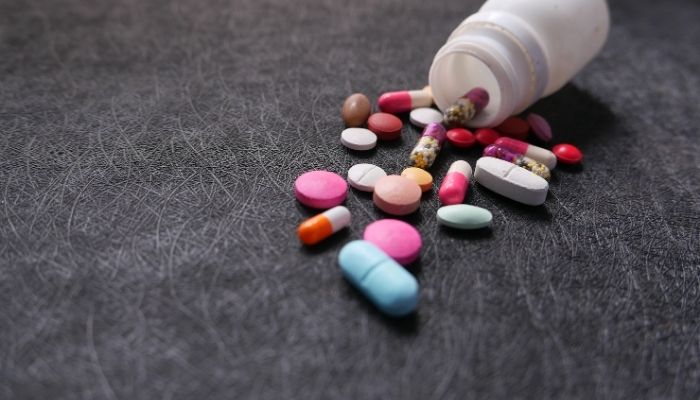What is Oral Parity, and Why Does it Matter?

We answer this question with the help of a pharmacist at a large oncology practice who wishes to remain anonymous.
What happens to patients in a state where there is no oral parity law? For one, it matters where you are treated.
We talked to the head of pharmacy at a large oncology practice in a state without an oral parity law, to find out what happens in states like hers. She runs an outpatient pharmacy program for nearly 100 oncologists. The program is another link between the patient and the oncologist, and it oversees everything about oral treatments, from payment to dosing to refills.
If you are treated at a resource-rich oncology center like this one, you may be enrolled in such a program. These centers are often able to obtain and offer drug manufacturers’ “co-pay cards” to patients; these cards reduce the cost of the drug to the patient, which can make the cost of oral treatment equal or nearly equal to the cost of intravenous treatment.
But if you are not treated in a center like this one, and if you are not aware that these types of cards or other hardship programs exist and can be applied for, you will pay thousands of dollars every month for oral cancer drugs, even with insurance. The cost can be as high as $24,000 every month—an unfathomable amount, of course, to anyone but the very wealthiest in our society.
Even a more typical reduced price, such as $3,000 per month, is not feasible for most people in our country.
“Sadly, I’ve had patients say to me: ‘I don’t see my life being worth $3,000 a month,’” the pharmacist told us.
What happens to these patients—those who face these prices and cannot pay them? The answers vary. Patients may go on an intravenous drug that is covered more robustly by their insurance plan—and that’s a shame because it’s not their doctors’ recommended treatment but instead a more affordable treatment. They may pay the monthly cost initially and then stop taking the drug because of an inability to pay. Or even worse, as the pharmacist has seen before, “they will just not call back. They’re given the price and told that payment must be received before the drugs are shipped. And for some, that’s the last we hear of them, despite efforts on our part to bring them back to the office and work with them on finding some sort of solution.”
And it gets worse.
Some insurance companies are unhappy with programs such as manufacturers’ discounts and are implementing provisions that essentially punish patients for taking the credit. “They are beginning to bill people for the intervention amount, because, they say, you chose your health plan and you agreed to pay a certain share of the cost of pharmaceutical drugs when you signed up for your plan,” said our pharmacist. So in the end, the oral drugs will cost much, much more than other anti-cancer drugs, even if you are given the discount.
What is the solution? A bill is expected to be introduced in the new Congress which will be one solution because it will create oral parity for all 50 states—including those that currently don’t have an oral parity law and those that currently have a weak one. But the best solution is the one our pharmacist describes: “We must be patient-centric. The more we put the patient at the center, the better.”
Recent Posts

Your Style Can Save Lives – Lilly Pulitzer Giving Day is Here!

From Diagnosis to Crown: Miss Pennsylvania’s Journey of Advocacy and Awareness

Worried Your Melanoma Treatment Isn’t Working?

Genetic Testing Performed in Melanoma


